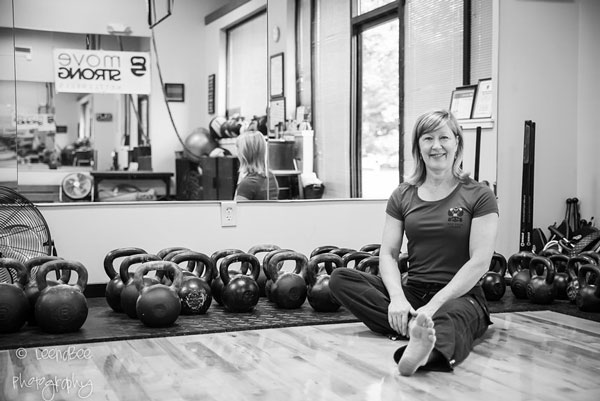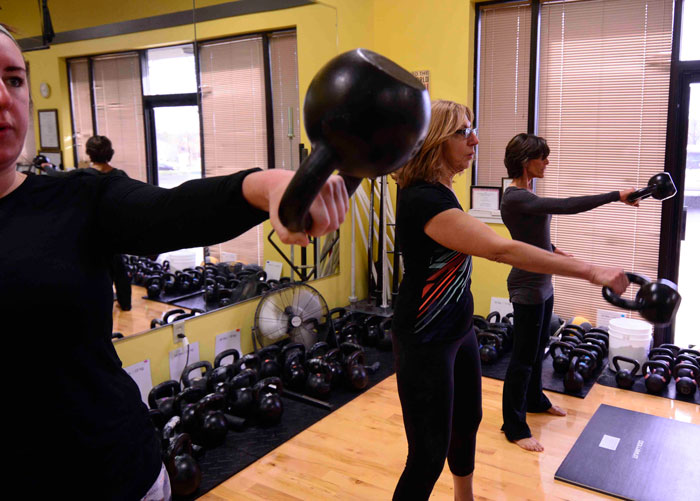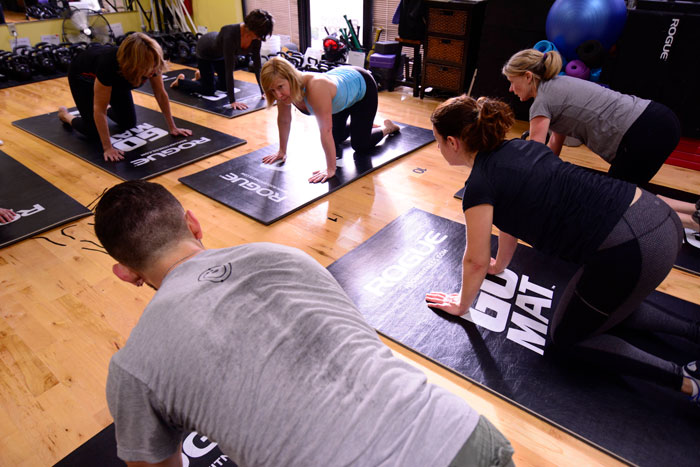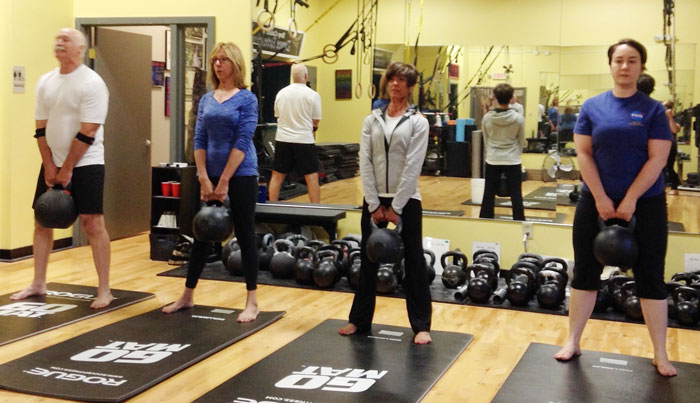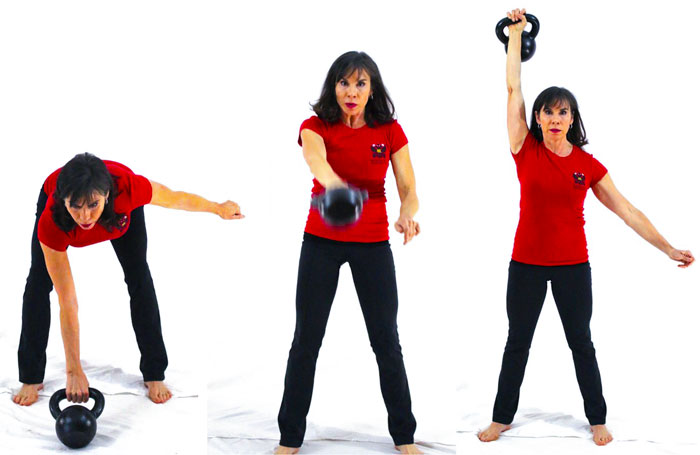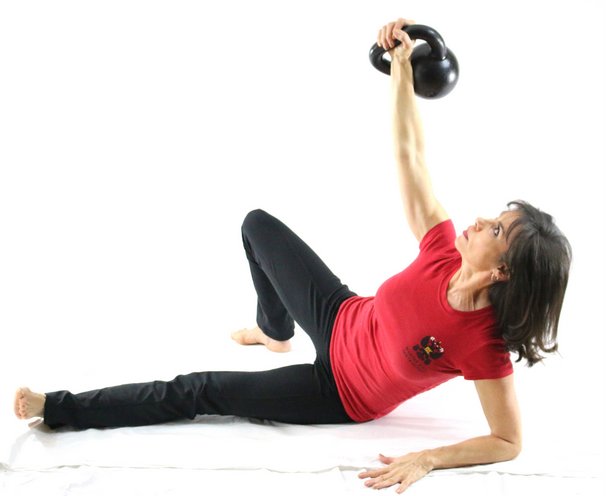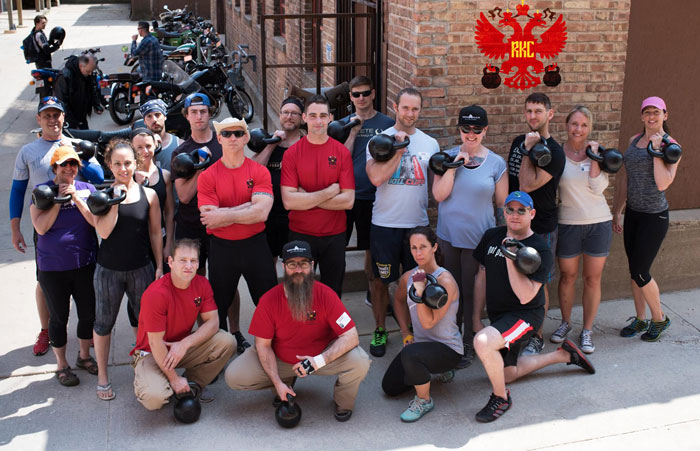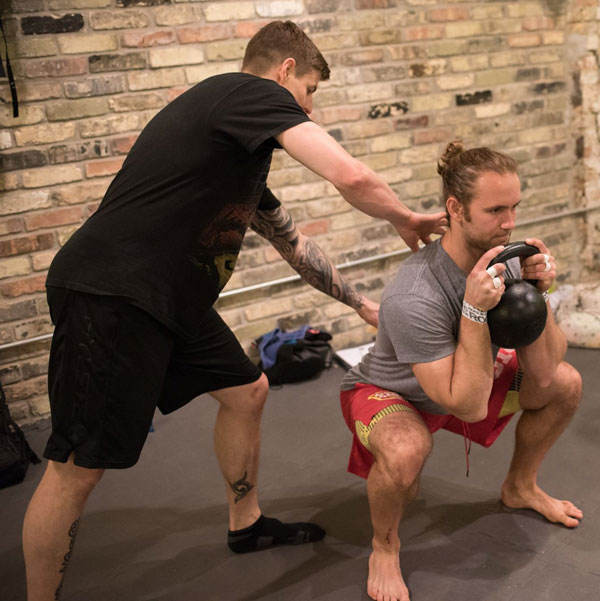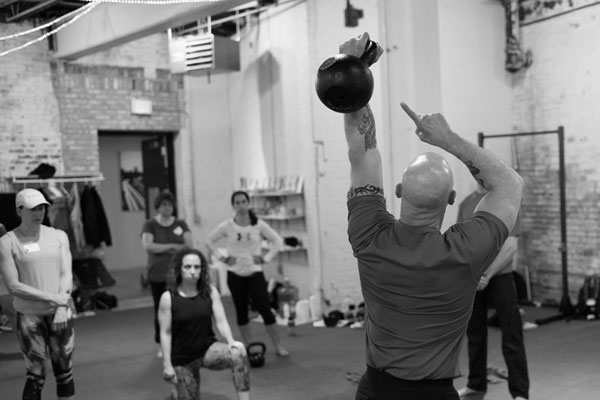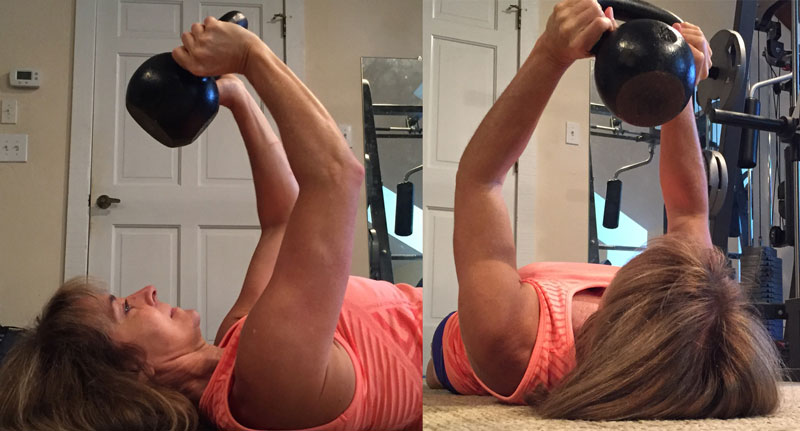
The most common complaint I hear from my clients is back pain. Just Google “back pain” and you’ll end up with over a million hits.
As a personal trainer, I know that also means there’s a huge population out there that can benefit from my expertise. From a business perspective, that also means building my client base and increasing my business.
But, before you dive into marketing to people suffering from back pain, let’s look at a few important points, and by important, I mean, IMPORTANT.
I am not a physician, physical therapist, chiropractor or other medical provider. I can’t diagnose problems. If you are not a medical provider, you shouldn’t either.
If a client comes to you with back pain or any type of pain, your safest bet is to refer them out to a trusted professional. I have aligned myself with the best chiropractor, physical therapist, massage therapist and dietitian in my area. If I’m ever in doubt, I refer them out.
Now, assuming my client has been medically cleared and has no restrictions, I can get to work.
The drills I demonstrate in the video below came from trial and error and by combining concepts learned from my RKC, and RKC-II certifications, CK-FMS and Z-Health.
I was totally surprised that most of the time, my clients experienced immediate pain relief. If they then spent several weeks of dedicated time doing the drills, the pain was gone.
Although I have many success stories from using these drills, my favorite is my client, Karen.
Karen is in her mid-50s and suffered from chronic back pain. She tried everything from acupuncture, massage, chiropractors and even surgery but never got long-term relief.
We began with simple back presses using a wedge—because lying on the ground was too painful when we started. We also did the back presses and the pelvic glides while standing. After several weeks, we were able to start doing them on the floor.
Once her pain subsided, we added kettlebell deadlifts, swings and get-ups. It wasn’t long before she was able to start running; something she never thought she would be able to do again.
I knew I was on the right track when her son—then was a chiropractic student—came to watch one of our sessions. He told me that if everyone did these drills and deadlifts, then he wouldn’t have a lot of patients.
Although the little combo in the video below is not the only answer to relieving back pain, I find it’s a great place to start. If nothing else, your clients will end up with better posture, better movement, and a bulletproof core.
For beginners who have been cleared:
- 5 back presses using a thick towel as a tactile cue under the small of their back.
- 10 pelvic glides
Repeat 3-5 times.
This combination can be done before getting out of bed in the morning and in bed before going to sleep.
Once the back presses become stronger (use your hand/arm to test) then add resistance:
Place a light kettlebell overhead and cue them to press their lower back to the floor and pull the kettlebell to mid-chest with straight arms. The back must stay pressed through the entire range of motion.
- 5 back press with pullovers
- 10 pelvic glides
Repeat 3-5 times.
In the video below, you will see the option of additional triceps extensions along with isometric contractions.
Try these as movement prep prior to training. These drills/exercises are also great in group classes.
****
Senior RKC, Laurel Blackburn owns Boot Camp Fitness and Training and Tallahassee Kettlebells. Look for Laurel at www.bootcampstogo.com or www.tallahasseekettlebells.com.
In her early fifties, Laurel is out to prove that age is just a number. Her goal is to motivate and inspire people everywhere, both young and old that strength, flexibility and mobility can get better with age. Follow her adventures on her blog: www.SuperStrongNana.com.
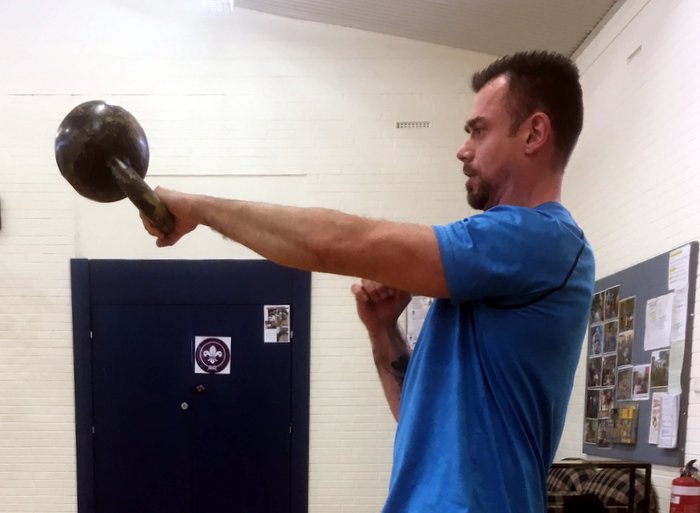
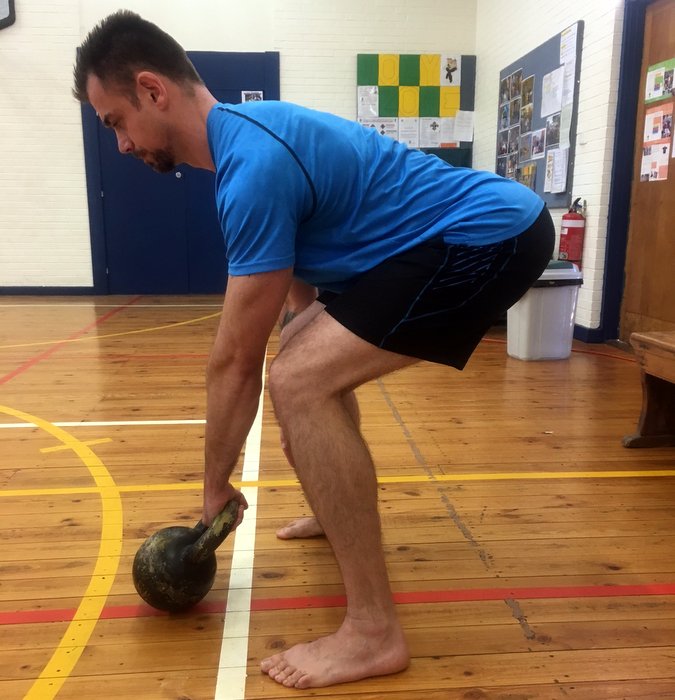
 Don’t Rush the Kettlebell Swing
Don’t Rush the Kettlebell Swing 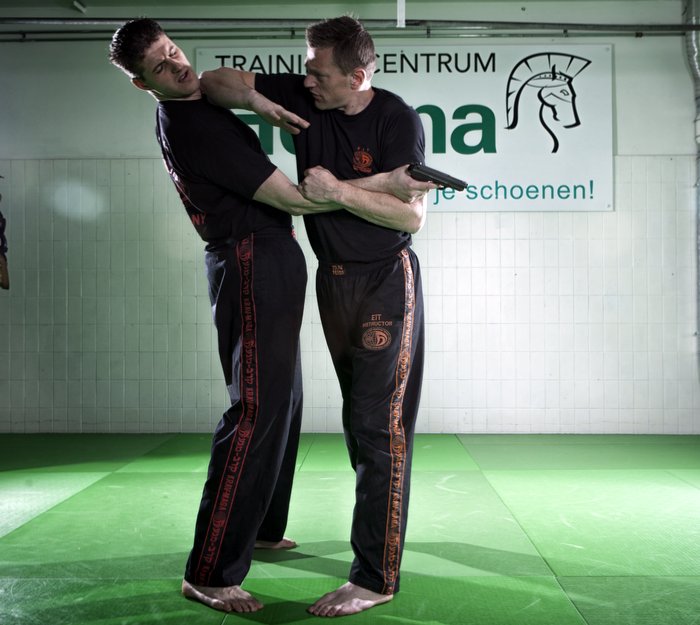
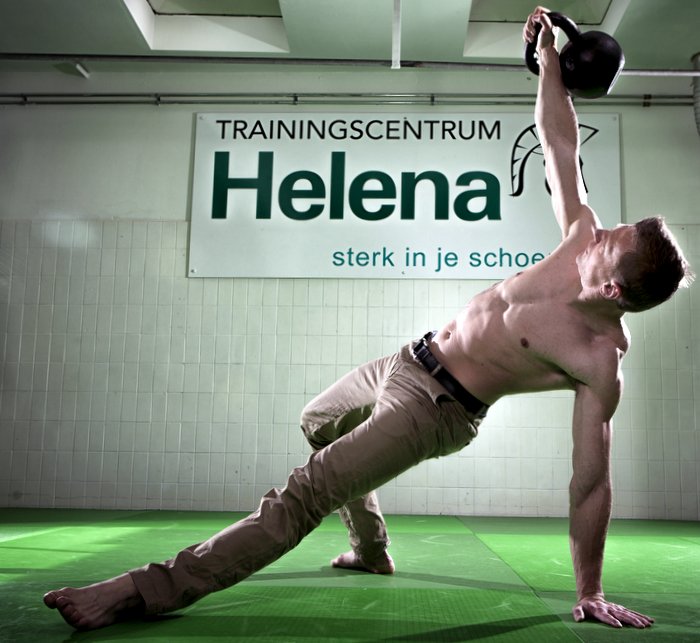
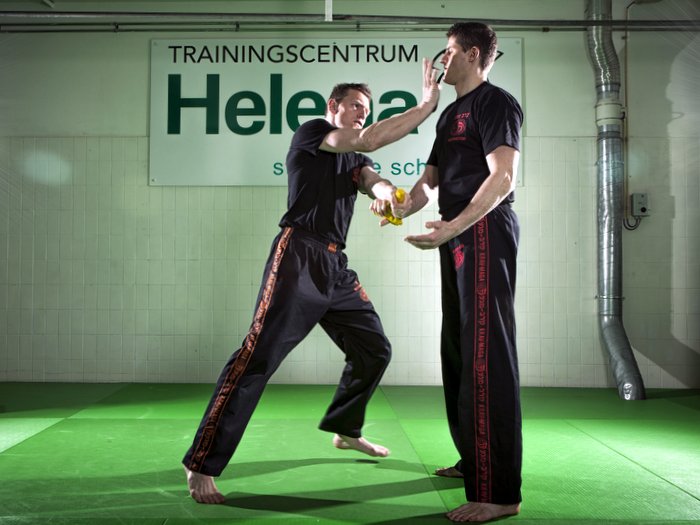

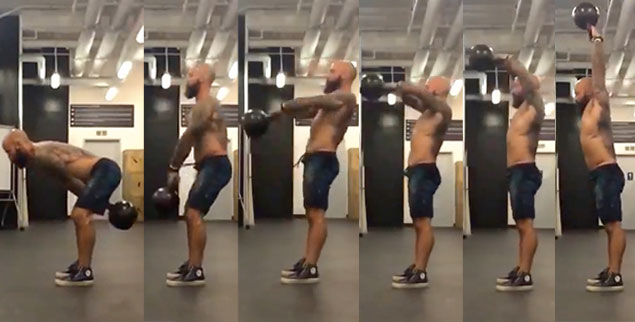
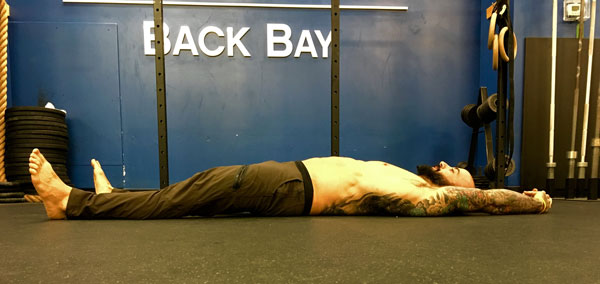
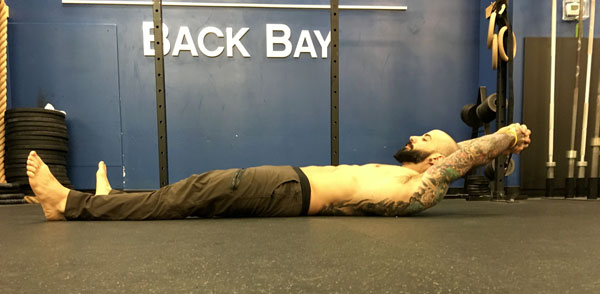
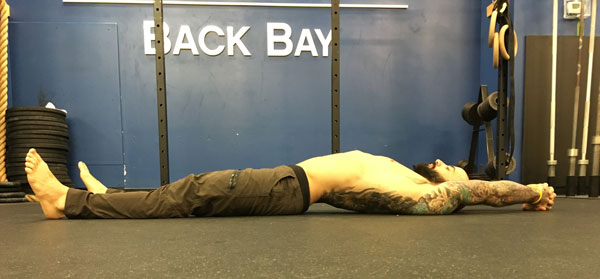 Both of these examples are failed overhead screens for the AKBS. Note: if you can see your arms in your peripheral vision, this indicates a failed overhead screen for the AKBS and more mobilization is required.
Both of these examples are failed overhead screens for the AKBS. Note: if you can see your arms in your peripheral vision, this indicates a failed overhead screen for the AKBS and more mobilization is required.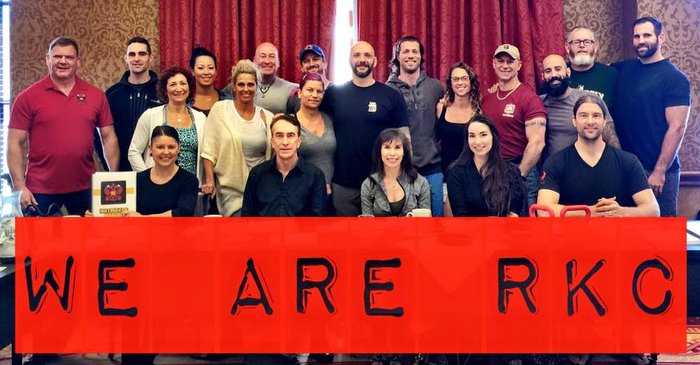
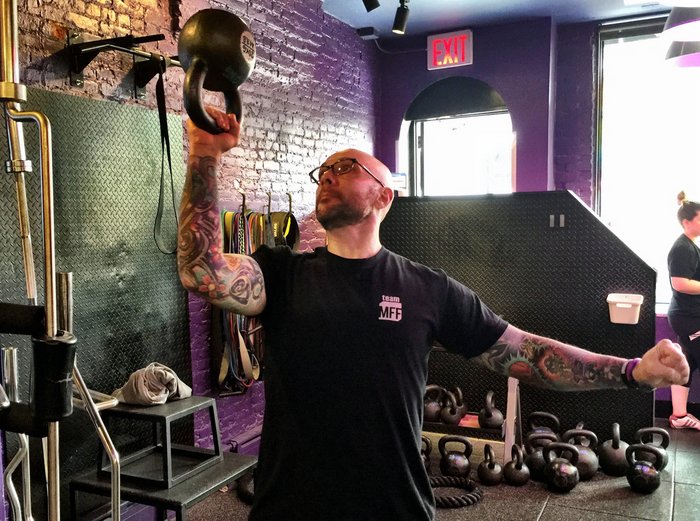
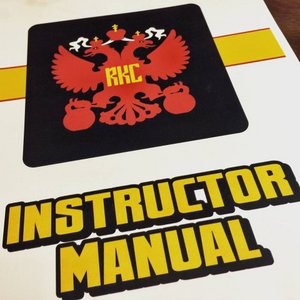
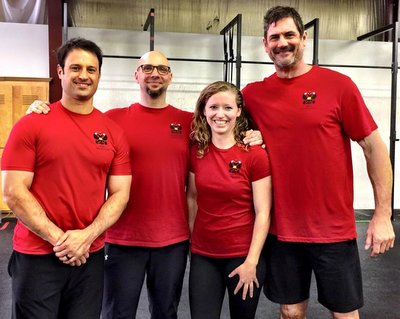 Remaining the standard bearer and the innovator, the New RKC created the curriculum that others are now scrambling to adopt and imitate. We continue to lead by example.
Remaining the standard bearer and the innovator, the New RKC created the curriculum that others are now scrambling to adopt and imitate. We continue to lead by example.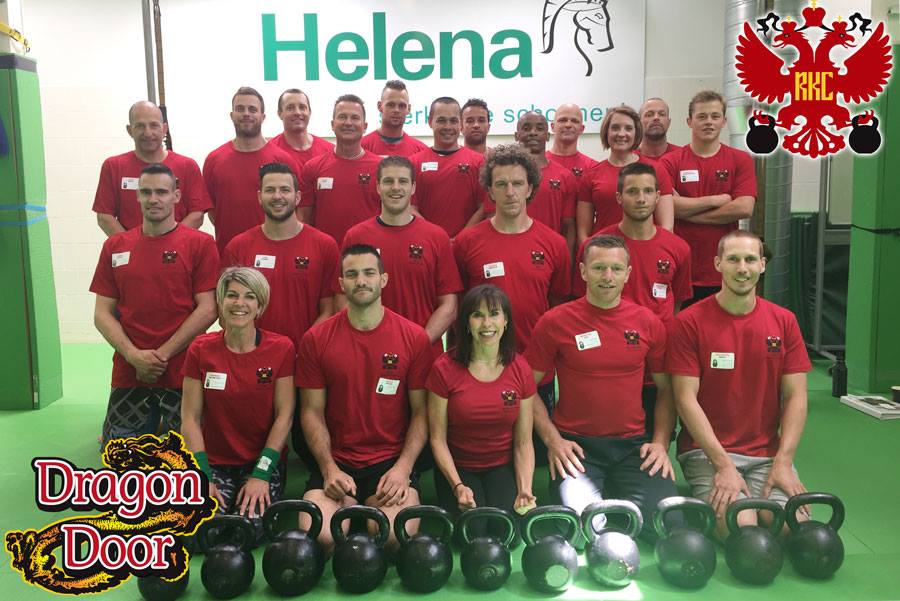
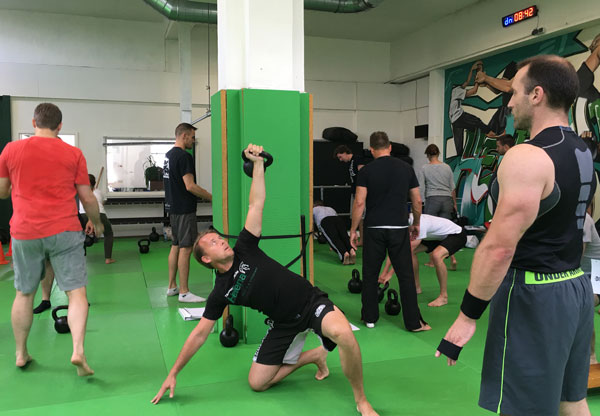
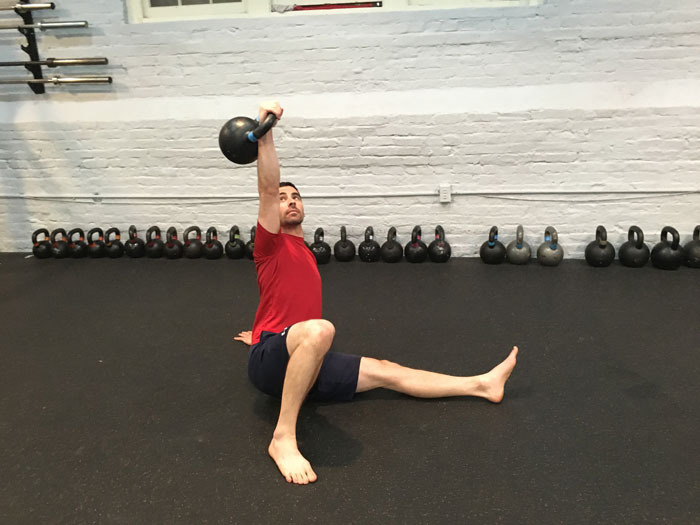
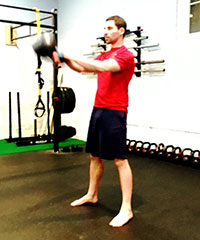 Workout 1:
Workout 1:
